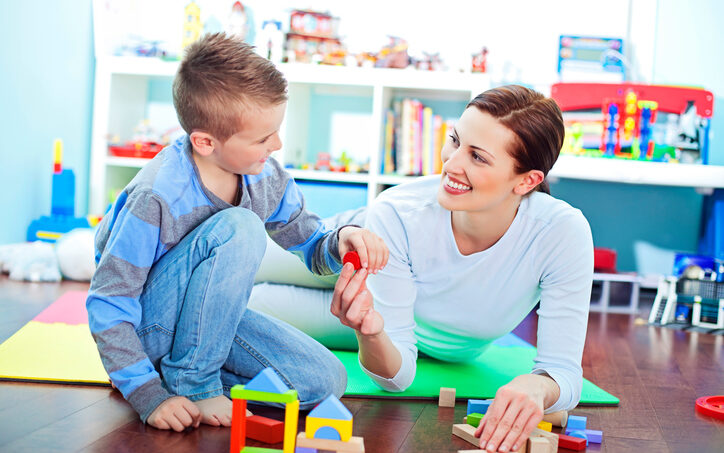
This I know, most parents are deeply attached to their kids. This I know to be true as well, parents want to give their children all the time in the world and parents don’t have all the time in the world.
This creates a desperate need for parents and children to make the most of their time together. In all my years and with countless children, there is no better way of connecting quickly and deeply with little ones than PRIDE skills. In the following posts there will be information on each element, labeled Praise, Reflection, Imitation, Description, and Enthusiasm (or Enjoyment).
These skills were developed by Sheila Eyberg and Beverly Funderburk who founded PCIT International. Parent-Child Interaction Therapy is an evidenced-based practice for disruptive behavior in children ages two to six. In plain language, it helps parents who have children with behavior problems. I have been practicing PCIT for over 10 years and it is the single best way I know to connect to and correct a child.
If you feel like you need help, please don’t hesitate to click on this link and find a PCIT certified therapist in your area (https://www.pcit.org/find-a-provider.html). Please know that our site is not for children with disruptive behavior that is hindering the ability of a family to operate on a day to day basis. If your child is being sent home from school regularly, hits or kicks others (excluding siblings) frequently, or you just can’t seem to find an effective means of discipline, then please reach out to a professional sooner than later.
At the heart of PCIT are the PRIDE skills because the first thing necessary is to connect with a child. Using these methods of interacting allows caregivers to demonstrate that they are paying attention. And there is nothing a child wants more. Attention from adults helps to validate that what the child is doing is good, capable, adorable, and enjoyable. This helps kids to move through the appropriate stages of development in order to become a healthy adult.
It also sets you up as a foremost expert on just about anything. Children at this age are convinced that the people who take care of them can do it all if they get the attention from them that they so desperately desire. This is crucial in shaping behavior without correction for two reasons.
First, when you talk about something a child is doing, they will do it more. They want to get that recognition again, and again, and again. Preschoolers are notorious for playing the same game, song, or movie ad nauseum. If you want a child to learn to pick up faster, tell them, “Thanks for picking up.” every time they squat down to get something they dropped.
Second, if you have built up value for your attention, when you take it away the child will notice. I have watched innumerable children learn to sit at a table because their parent had spent time using PRIDE skills and then stopped using them once the child got up from the table and then start talking about what they doing. It takes less than five seconds normally for the child to turn around and go back to the table. That’s always a good time to say, “Thanks for coming back to the table with me.”
PRIDE skills can be used with people at all ages although you have to know how to adjust for the age. I gave a class on how to connect with your child at my church for 6 weeks and as I was describing the skills a friend of mine began to snicker in the back of the class. He’s a lawyer and when I asked what he was laughing about he shared that he just finished a 2 week course on negotiations that cost him $6,000 and the skills were the same.
The first five posts on PRIDE skills will cover labeled Praise, Reflection, Imitation, Description, and Enjoyment as they apply to kids ages 2-6. In those posts you’ll find a full description of what you need to know. After that, there will be posts on how the skills apply to elementary age, teenagers, and adults. Start with the original 5 though if you want to understand it all.
